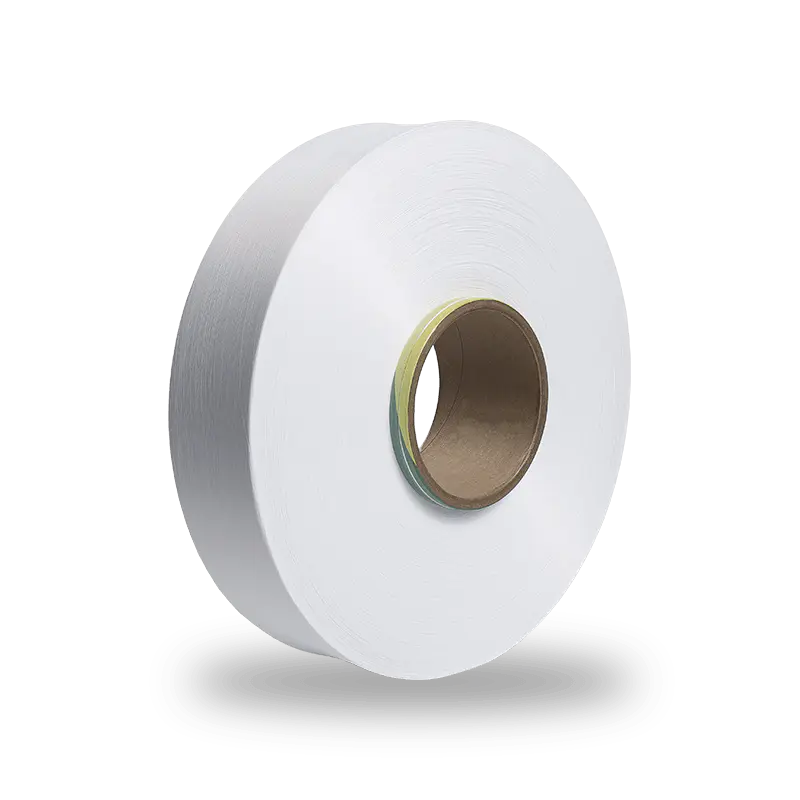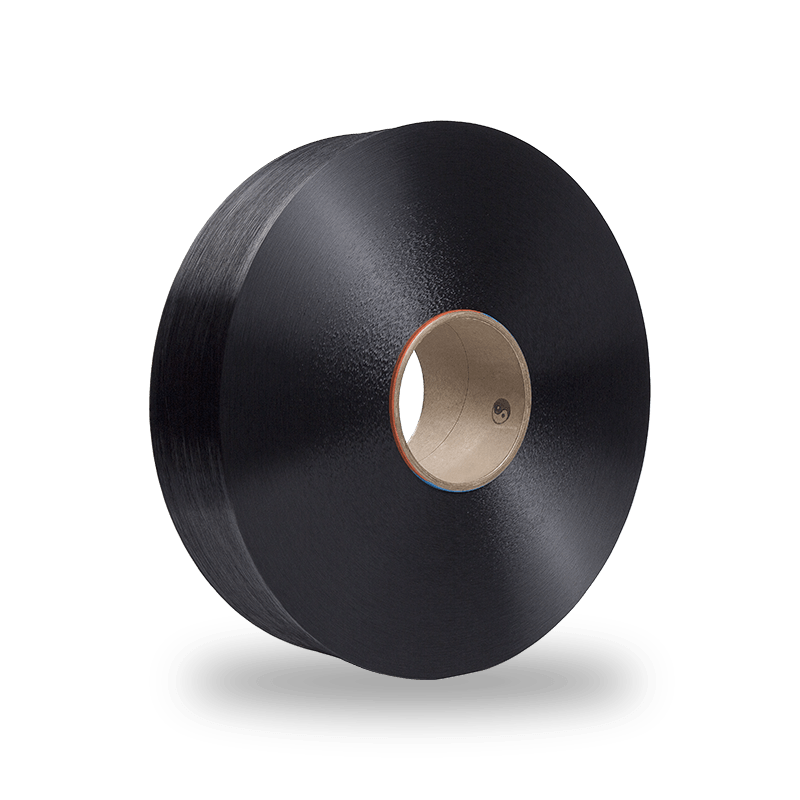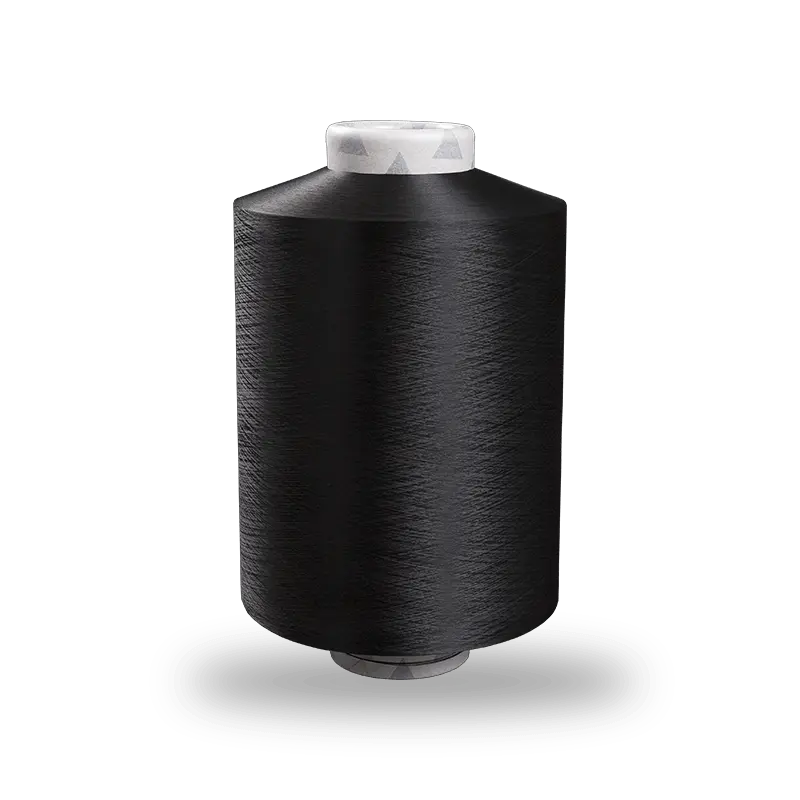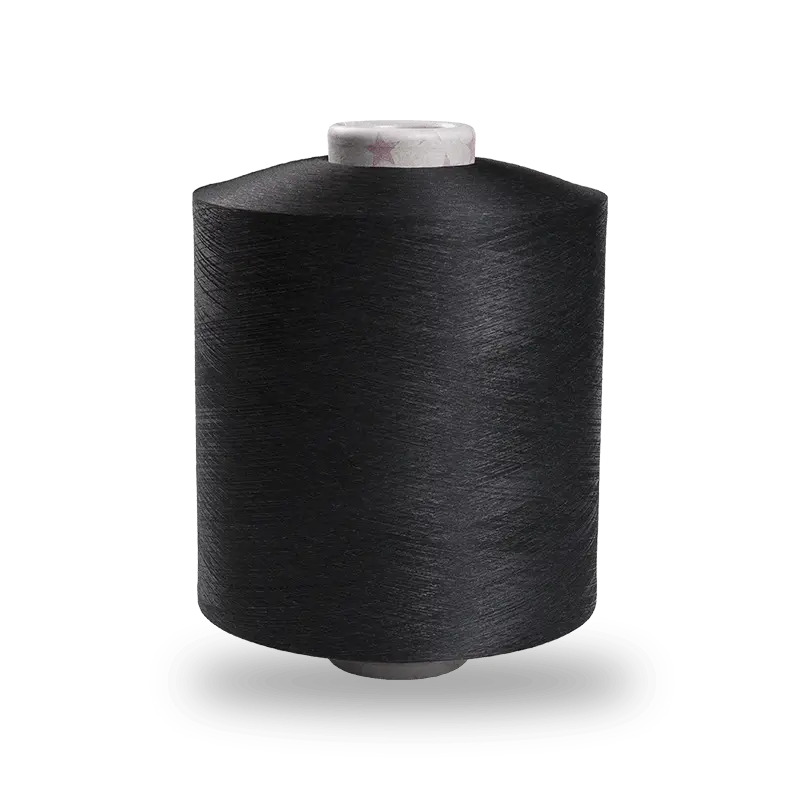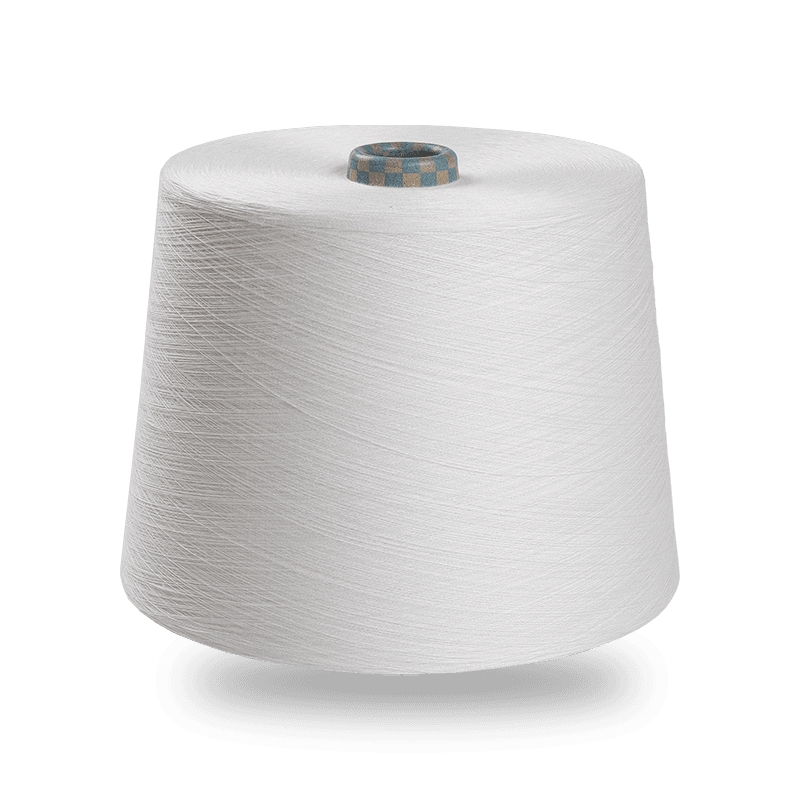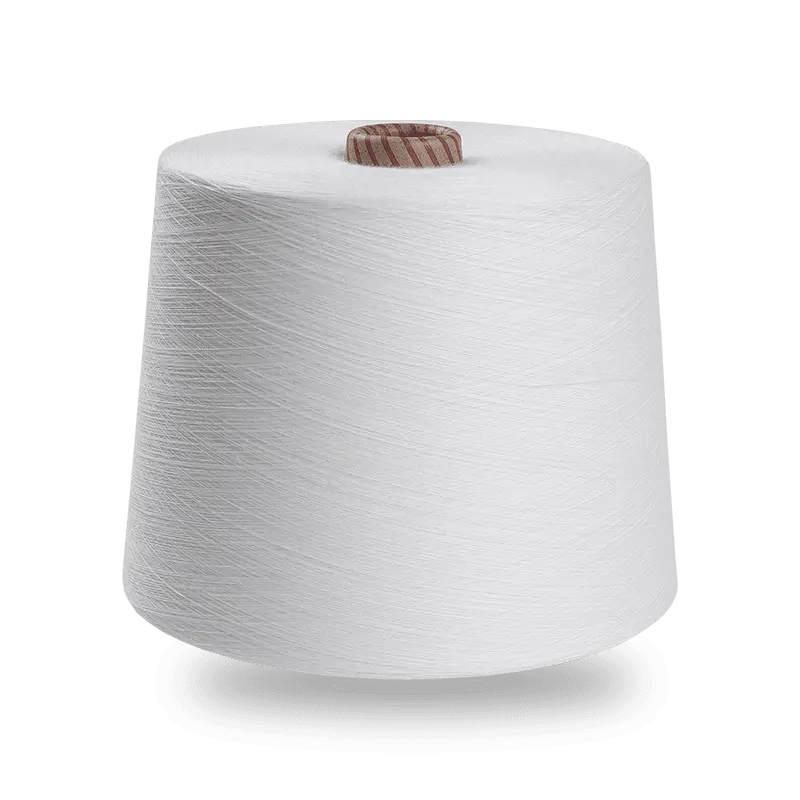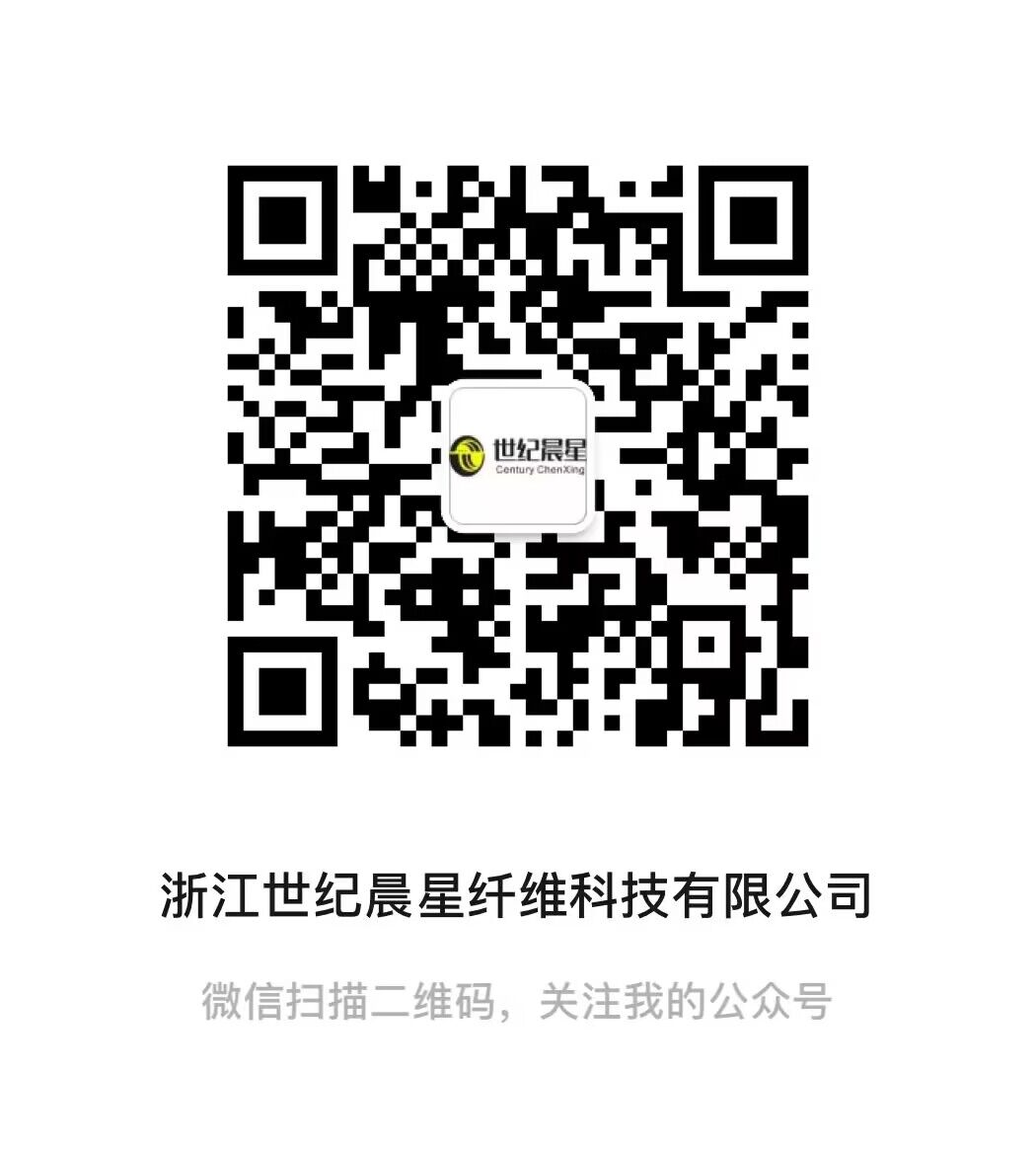This article provides a practical, technical guide to Nylon 6 DTY finished products: what they are, how they are produced and finished, the critical specifications and tests buyers and quality teams must check, packaging and storage best practices, troubleshooting common defects, and sourcing tips for specific end-uses. The focus is on actionable details you can use when specifying, inspecting, or buying Nylon 6 DTY yarns and finished textile components.
What is a Nylon 6 DTY finished product?
DTY stands for Drawn Textured Yarn. A Nylon 6 DTY finished product is a synthetic multifilament yarn made from Nylon 6 polymer that has been drawn and texturized using false-twist, air-texturing, or mechanical texturizing to impart bulk, stretch, and surface characteristics suitable for knitting, weaving or other textile applications. "Finished product" in this context means the DTY spool or cake has gone through all post-spinning operations (drawing, texturizing, heat-setting, winding, trimming) and is ready for dyeing or direct use.
DTY vs POY and FDY — practical differences
- POY (Partially Oriented Yarn) is the intermediate from the spinner; it requires drawing/texturizing to become DTY. FDY (Fully Drawn Yarn) is a smooth filament used when no bulk is required. DTY offers bulk, stretch and better coverage—choose DTY when elasticity, hand, and appearance matter (knitwear, hosiery, sportswear, upholstery).
Key material properties and specifications to request
When specifying Nylon 6 DTY finished products, request explicit values for denier, filament count, tenacity, elongation, shrinkage after heat, boil-off weight loss, and moisture content. These directly impact processability, dyeing behavior, strength, and end-use performance.
| Parameter | Typical Range / Unit | Why it matters |
|---|---|---|
| Denier per filament (dpf) | 0.5 – 6.0 dpf | Hand, drape, and appearance in finished fabric |
| Total denier | 50 – 3000 d | Machine compatibility and fabric weight |
| Tenacity (cN/tex) | > 2.5 cN/tex typical | Strength for sewing, processing and end-use |
| Elongation at break | 15% – 40% | Stretch and recovery properties |
| Hot-air/boil-off shrinkage | 1% – 6% | Dimensional stability during finishing |
| Moisture content | 0.2% – 1.0% | Dye uptake and static performance |
Manufacturing and finishing steps that affect final performance
A quality Nylon 6 DTY finished spool reflects control across several process steps: polymer selection and viscose (caprolactam) quality, melt-spinning conditions, quenching, drawing ratio, false-twist texturizing parameters, heat-setting, filament cleaning, and precision winding. Each step changes mechanical and visual attributes.
- Spinning: uniform melt, clear spinneret holes, and correct temperature avoid dead spots and variation in denier.
- Drawing: draw ratio and temperature set filament orientation and tenacity—higher draw increases tenacity but reduces elongation.
- Texturizing: false-twist speed, heat-set temp and cooling set the bulk, springiness and friction properties.
- Winding: consistent tension and package shape are crucial for downstream knitting/weaving stability and even dyeing.
Critical control points (CCPs)
Monitor filament breakage rate during texturizing, package density, heat-setting temperature profile, and surface oiling level. Document CCPs in production records to trace defects back to a process stage.
Common finished products and targeted applications
- Circular knit fabrics for activewear and hosiery — choose fine deniers (0.5–2 dpf) and high elongation for stretch and recovery.
- Warp knit and weft insert yarns for swimwear and lingerie — require high uniformity and tight denier tolerance.
- Upholstery and carpeting pile yarns — heavier total denier and high thermal-set for dimensional stability.
- Industrial textiles (strapping, tire liner overlays) — prioritize tenacity and controlled shrinkage.
Quality control tests every shipment should include
A rigorous incoming inspection reduces downstream rejects. At minimum, require lab reports and/or certificates for denier, tensile, elongation, boil-off shrinkage, moisture, and a visual check for oil stains, slubs and contamination.
- Denier verification: weigh a measured length and compare to spec tolerance (±3% typical).
- Tensile test: ISO or ASTM methods to confirm tenacity and elongation.
- Shrinkage test: hot-air and boil-off methods to predict dimensional behavior in finishing.
- Color and dye response sampling: small-scale dye lot to ensure target shade and leveling.
- Visual and hand inspection: check for slubs, oil marks, non-texturized spots, and package deformation.
Sampling & acceptance
Specify sampling frequency (e.g., 1 spool per 50 for visual; 3 spools per lot for lab tests) and acceptance criteria in the purchase contract. Use AQL tables for visual defects and define numeric tolerances for lab data.
Packaging, storage and transportation best practices
Proper packaging and storage preserve the DTY's surface finish and dimensional stability. Poor handling causes package deformation, filament entanglement, and oil migration.
- Pack spools on pallets with corner protection; vacuum-sealed polyethylene or shrink-wrap keeps moisture and dust out.
- Store in a dry, cool area (avoid >35°C and high humidity); keep away from direct sunlight and chemical vapors.
- Mark each package with lot number, production date, denier and filament count for traceability.
- For sea shipments, ensure pallets are banded and waterproofed; accept no mixed hazardous cargo that can off-gas.
Buyer checklist & sourcing tips
Use this compact checklist when evaluating suppliers or placing purchase orders to reduce risk and ensure fit-for-purpose DTY finished products.
- Request a full spec sheet with measured values (not just nominal) and recent QC reports.
- Ask for production photos of spinnerets, packages and texturizing lines to verify process hygiene.
- Insist on trial shipments or lab-dyed samples before large orders—compare dye uptake and hand.
- Negotiate corrective action terms for off-spec lots (rework, replacement, or discount) and define lead time penalties.
- For eco-conscious buyers, request information on recycled content, certificates (e.g., GRS) or chemical management practices.
Common defects, root causes and fixes
Many defects are process- or handling-related and can be mitigated with targeted corrective actions.
Uneven denier / thick-thin spots
Cause: spinneret blockage, inconsistent melt flow, or unstable winding tension. Fix: inspect and clean spinnerets, stabilize polymer feed, re-calibrate winding tensions; reject affected packages if variation exceeds agreed tolerance.
Oil stains and greasy spots
Cause: excess oiling, oil migration during storage or contact with contaminated surfaces. Fix: specify oil type and application rate, use approved lubricants, improve packaging barrier and replace contaminated packages.
False-twist induced filament damage (breaks, weak points)
Cause: incorrect twist speed, excessive heater temperatures, or poor filament quality. Fix: review false-twist machine settings, reduce heater temp, check draw ratio and raw filament quality.
Sustainability & recycling considerations for Nylon 6 DTY
Nylon 6 can be recycled mechanically or chemically (depollution and caprolactam recovery). When sustainability matters, ask suppliers for:
- Percentage of post-industrial or post-consumer recycled content and the method used.
- Third-party certifications (e.g., GRS or other recognized standards) and chemical management statements.
- Guidance on recyclability of finished textiles made from the DTY (mono-fiber constructions are easier to recycle).
Conclusion — selecting the right Nylon 6 DTY finished product
Choosing the correct Nylon 6 DTY finished product requires matching denier/filament count and mechanical specs to the intended process (knitting vs weaving), verifying dyeing/heat behavior with trial runs, and enforcing clear QC acceptance criteria. Use the checklists and tests above to reduce surprises, and document supplier quality through certificates, lab tests and sample approvals before scaling to full production.


 English
English 中文简体
中文简体 Español
Español عربى
عربى
